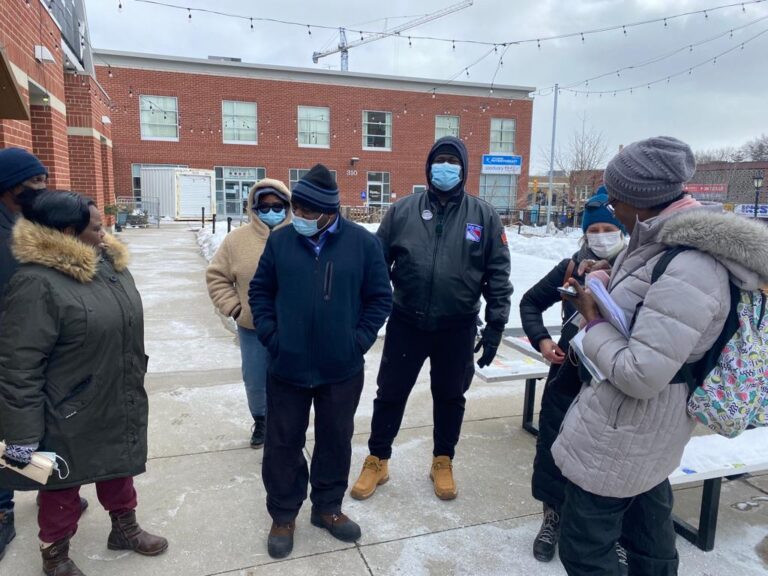Africa is a continent having various attractions. Visitors are often drawn to the many positive features such as friendly and energetic people, an inviting climate, natural wonders, and exquisite cuisines among others.
There’s a huge diversity of food cultures within Africa, often gotten from the kinds of fruits, vegetables, and cereals that grow well in the region. You are spoiled, not only for choice; but when you taste the sumptuous meals your eyes get opened to the very cultural essence of the tribes/races on the continent.
The typical African meal comes from paying great attention to detail – you’ll discover those cooks employ a rich array of base ingredients, spices, and other condiments to produce a culinary paradise. From the desert lands in North Africa to the lush greens of the West and the Sahel plains of the East, every area has a delicacy that will surpass your expectations.
As you travel across the African countries, you will discover that there are regional likenesses in most neighboring countries but each country has an exceptional culinary signature.
Below is a list of 10 popular foods from across Africa.
- Jollof Rice (Nigeria/Ghana)
Jollof rice is a meal prepared and enjoyed across the West African sub-region. It is a favorite food for Nigerians. The food is an unparalleled delicious food that will tempt your taste bud. Don’t leave West Africa without sampling jollof rice; it is a perfect meal for lunch.
Jollof is a pot of rice prepared with tomato sauce and served with chicken, meat, or fish. Fried plantain is another common accompaniment to Jollof. Feast your eyes and later, your taste buds, as you watch the rice soak up the prepared juices/sauces and turn orange as it reaches readiness.
- Koki – Bean Cake (Cameroon)
If you find yourself in Central Africa, particularly Cameroun, then do not let this delightful appetizer pass you by. Ask for it, seek it, and eat it!
Made with cowpeas, Koki arises when the peas are mashed, wrapped in banana leaves, and steamed. It gets its characteristic bright red color and flavor from red palm oil (or palm nut sauce) and other condiments such as crayfish, pieces of fish, and chili peppers.
- Injera and tibs (Ethiopia)
This is a classic food combination, like rice and peas or fish and chips! This meal is a bit like a large pancake made from the cereal teff and food is simply heaped on top of it! You use the Inerja to pick up all the yummy mixes, such as tibs, which is a popular dish made using various meats.
- Cachupa (Cape Verde)
Any time you visit Cape Verde, you should have a taste of their famous dish called Cachupa. The meal is prepared with hominy corn, beans, vegetables, fish, or meat – beef, goat, chicken, or marinated pork. It is one of the traditional and staple foods in Cape Verde.
- Kisra (Sudan)
A popular staple in Sudanese cuisine is kisra, which is a special type of bread that is made from durra, sorghum, or corn. It is the main accompaniment of stews including waika, bussaara, and sabaroag, which are mainly made from dried meat, dried onions, spices, and peanut butter, with milk and yogurt as additional options.
- Biltong (South Africa)
No culinary trip to South Africa is complete without you having a taste of Biltong. If you love meat, you will love Biltong – a special kind of all-meat product that originates from South Africa. Biltong is prepared by drying and spicing up the meat in strips.
- Ugali (Kenya)
Ugali or sima is a famous staple accompaniment that is eaten with dishes such as sukuma wiki, which is made up of a leafy green vegetable such as kale, tomatoes, onion and a spice mix known as mchuzi mix, and sukuma ya nyama, which is the meat version of sukuma wiki.
Ugali is mostly made from cornmeal and boiling water in a pot, and it is cooked until it gets stiff. This meal is also eaten in Tanzania, Uganda, and Rwanda, and is made with cornmeal, cassava flour, sorghum, or millet.
- Chicken Kebabs (Egypt)
This North African meal is a favorite in Cairo and across Egypt. Before giving your tongue an unforgettable treat, watch as dexterous chefs turn boneless chicken breasts into mouth-watering kebabs, complete and spiced with cardamom, black pepper, and other ingredients that you should discover yourself. As it is said, the taste of the pudding is in the eating!
- Alloco (Ivory Coast)
If you find yourself on vacation in West Africa, stop by this beautiful country to savor a meal for all time – the irresistible Alloco. Often seen as a snack, Alloco is made up of Ivorian fried plantain served with chili pepper, onions, or egg, and tasty tomato sauce.
Popular for its unique taste and ease of preparation, you will not have to keep the wolves in your tummy at bay for too long as a result.
- Couscous Royale (Tunisia)
Couscous is a staple dish, enjoyed across the large North African landscape. It is made up of steamed semolina. If you want this meal taken up a notch, ask for Couscous Royale, with infusions of lamb cuttings. At other times, ask for specially spiced chicken as an accompaniment. Saffron is also included to give you a memorable eating experience.
Written By;
Joshua Gyang
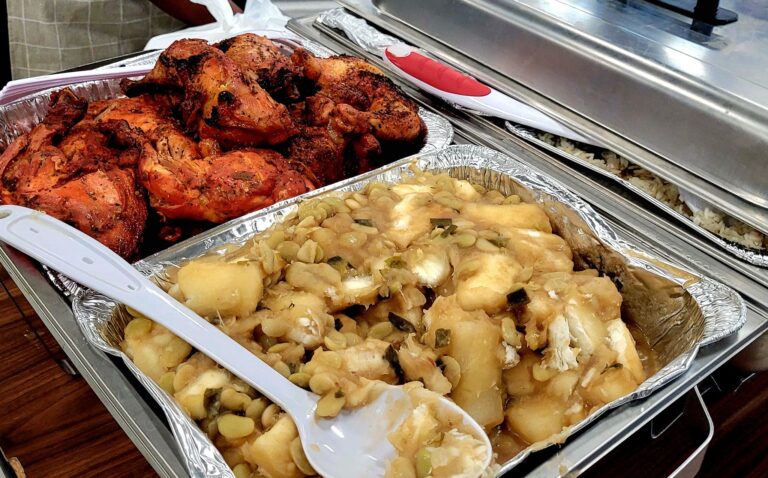

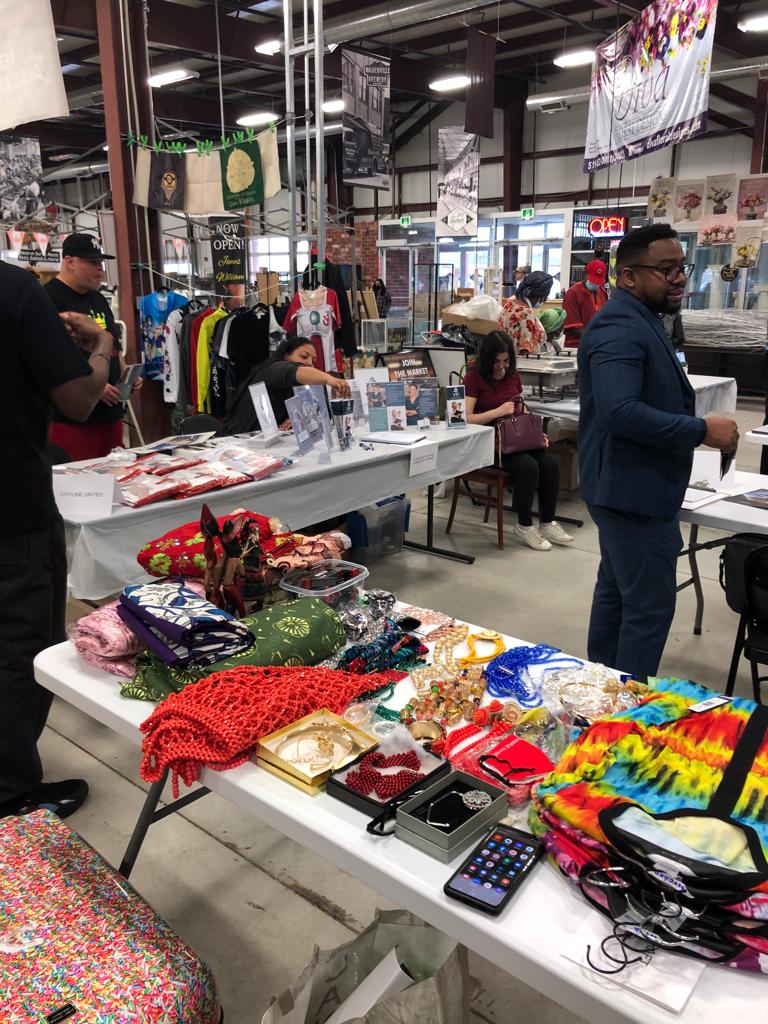




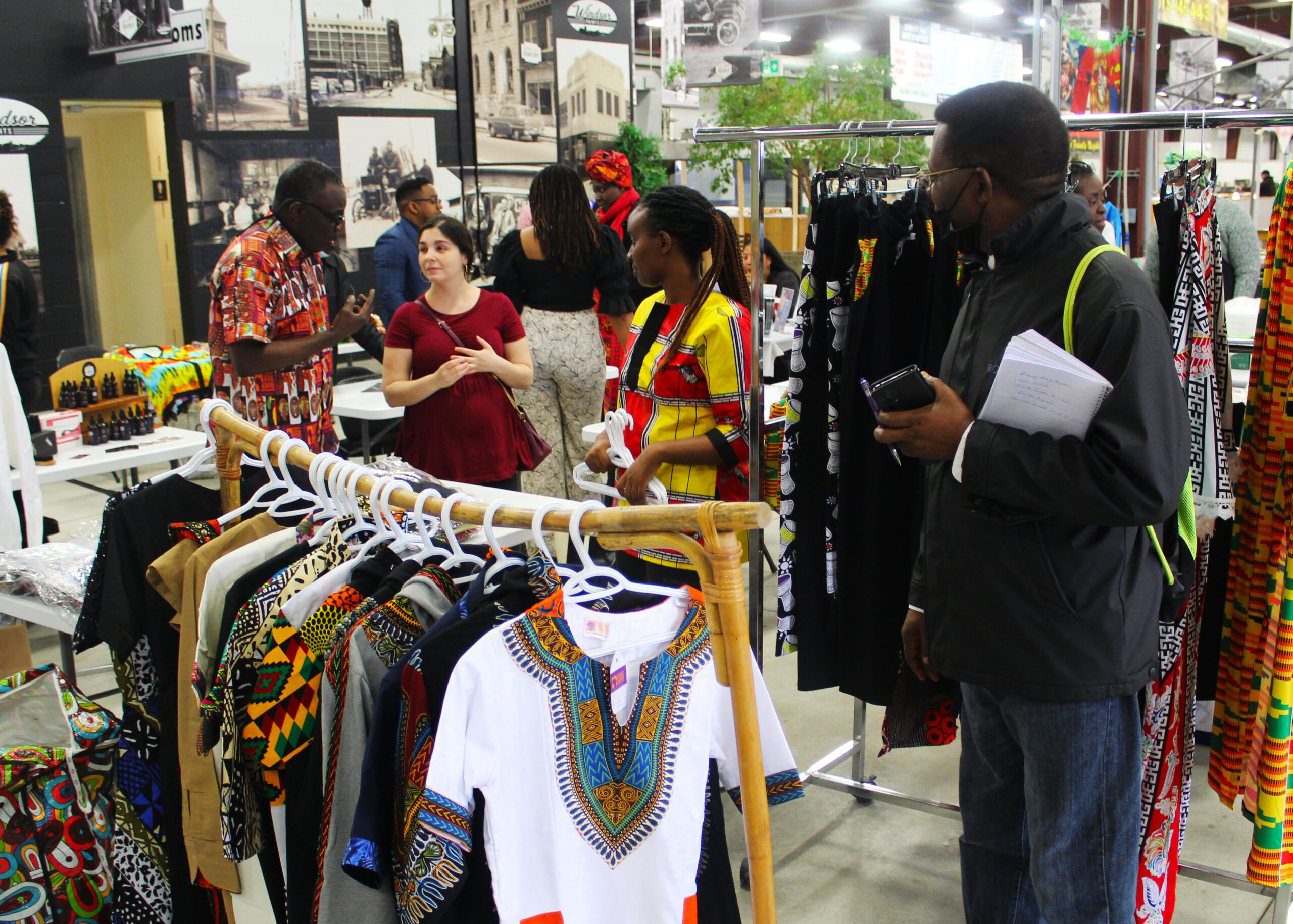



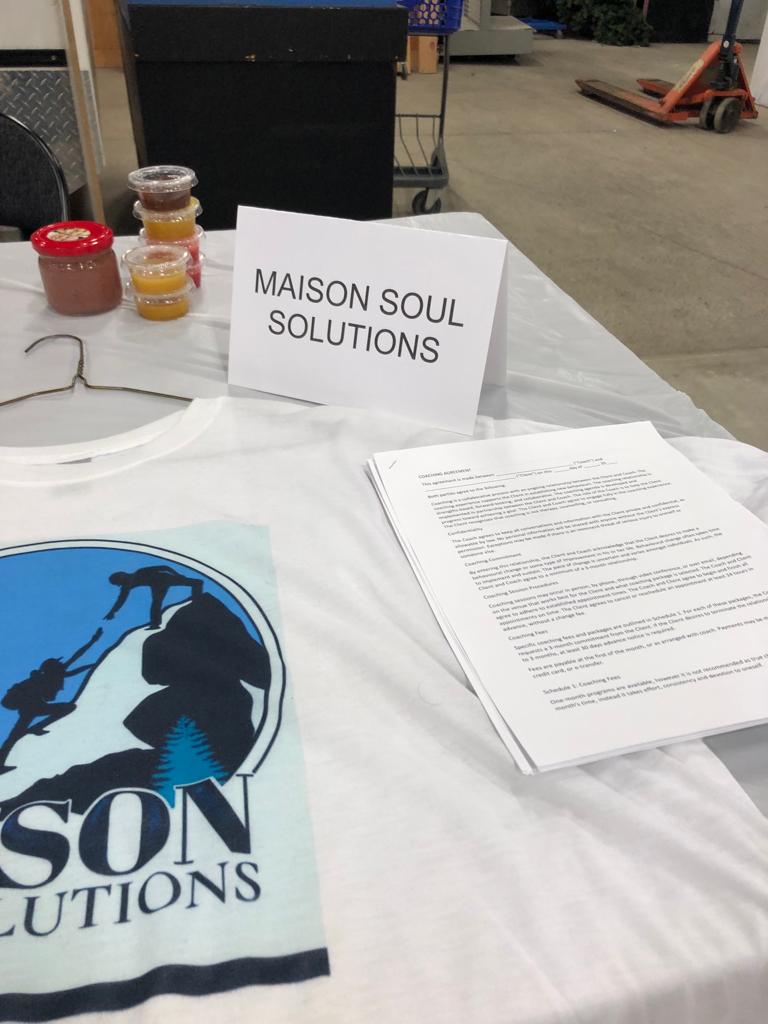

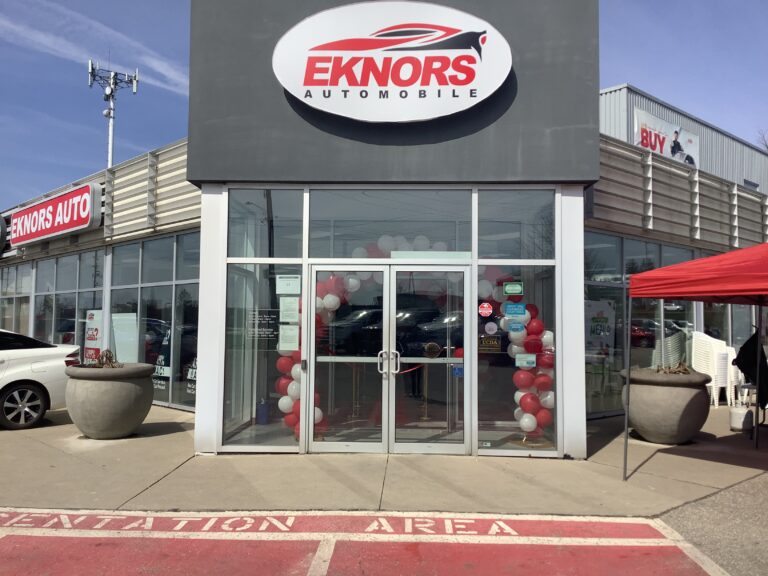

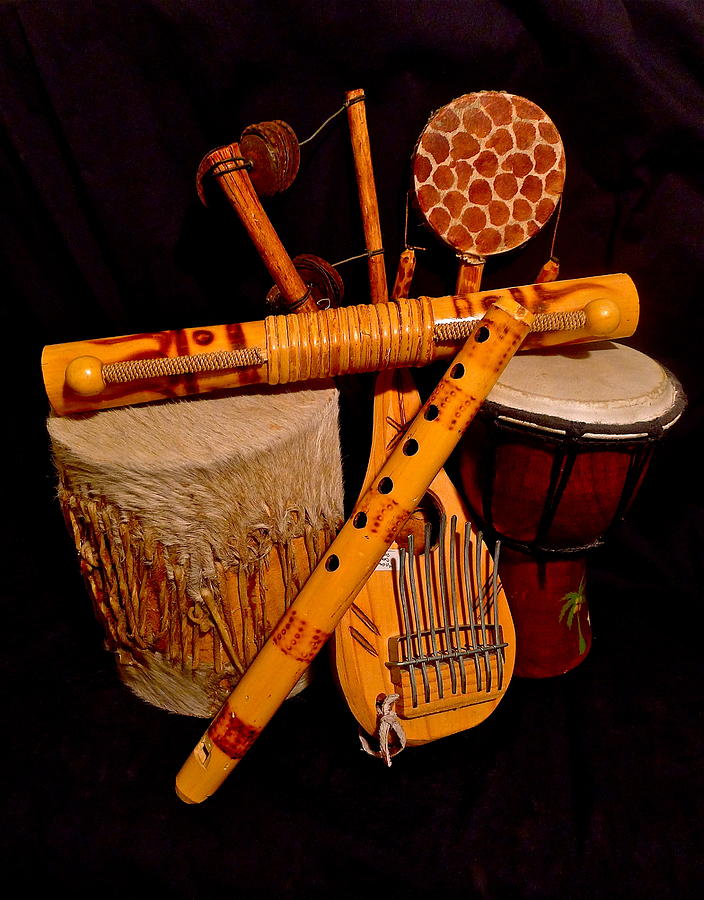

![Mansa Musa: The Richest Man of All Time [History & Net worth] Mansa Musa: The Richest Man of All Time [History & Net worth]](https://www.omoluabi.ca/wp-content/uploads/2022/04/Mansa_Musa.jpg)
